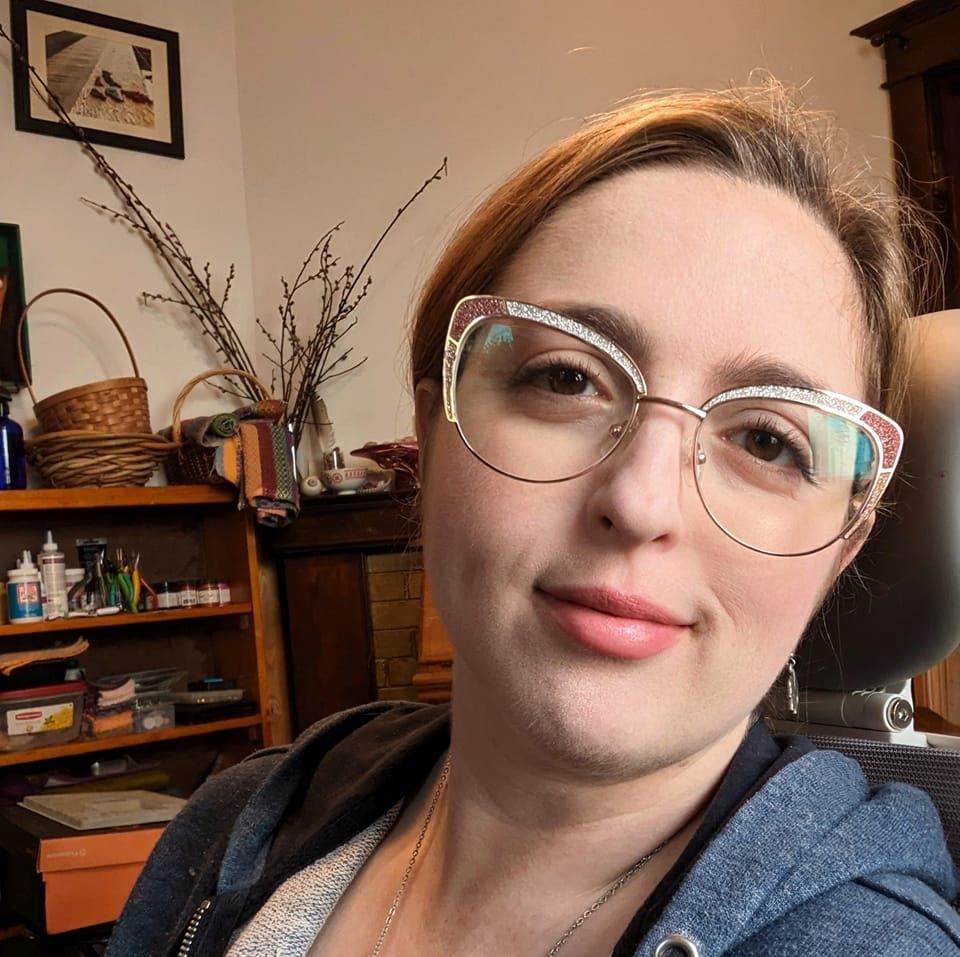We were lucky to catch up with Emily Tobin-LaVoy recently and have shared our conversation below.
Emily, looking forward to hearing all of your stories today. Can you talk to us about how you learned to do what you do?
In 2015 I was given my Grandmother’s looms and thus began my journey as a fiber artist. Along with a friend who helped me warp the smaller one a few times, I had a book that was part of the materials my Grandmother gave me along with the looms. It’s called “Warping All By Yourself” and it has been invaluable to me since I didn’t have regular helpers when setting up my projects. I also had the support and knowledge of a multitude of weavers in the various online weaving groups. These people are generous with their wisdom and experience. It is a fortunate trait amongst weavers and spinners in general. We want these skills to continue on. I bought my first drop spindle online and it came with a handy print out that gave instructions on how to spin yarn with it. Four years later I bought my spinning wheel from a woman who wanted it used often. Learning to clean and dye raw wool started with being given seven free contractor bags of beautiful wool full of pickers and twigs and “vegetable matter” and experimenting with instructions I found online. A friend taught me how to dye batches of it in such a way that the colors mix in the dye pot and you end up with multicolored locks that make the most interesting yarns.
One obstacle to learning fiber art is the same thing that would’ve made my learning process faster. There aren’t nearly as many fiber arts programs at community colleges and universities as there once were. Learning how to weave, spin, process, and dye wool would’ve been much faster in an organized program of study. I didn’t know what I didn’t know.
The other obstacle, and perhaps the more important one was that I needed to accept my own artistic vision as good enough and be willing to value my own instincts and tastes. Taking time at each point in the process to evaluate both technique and effect and how I felt about both has been the most essential skill I’ve learned. If some part of the process feels draining and difficult I ask myself how it could be better or if it’s necessary at all. Likewise, I make note of the things that make time melt away and look for ways to use them more.

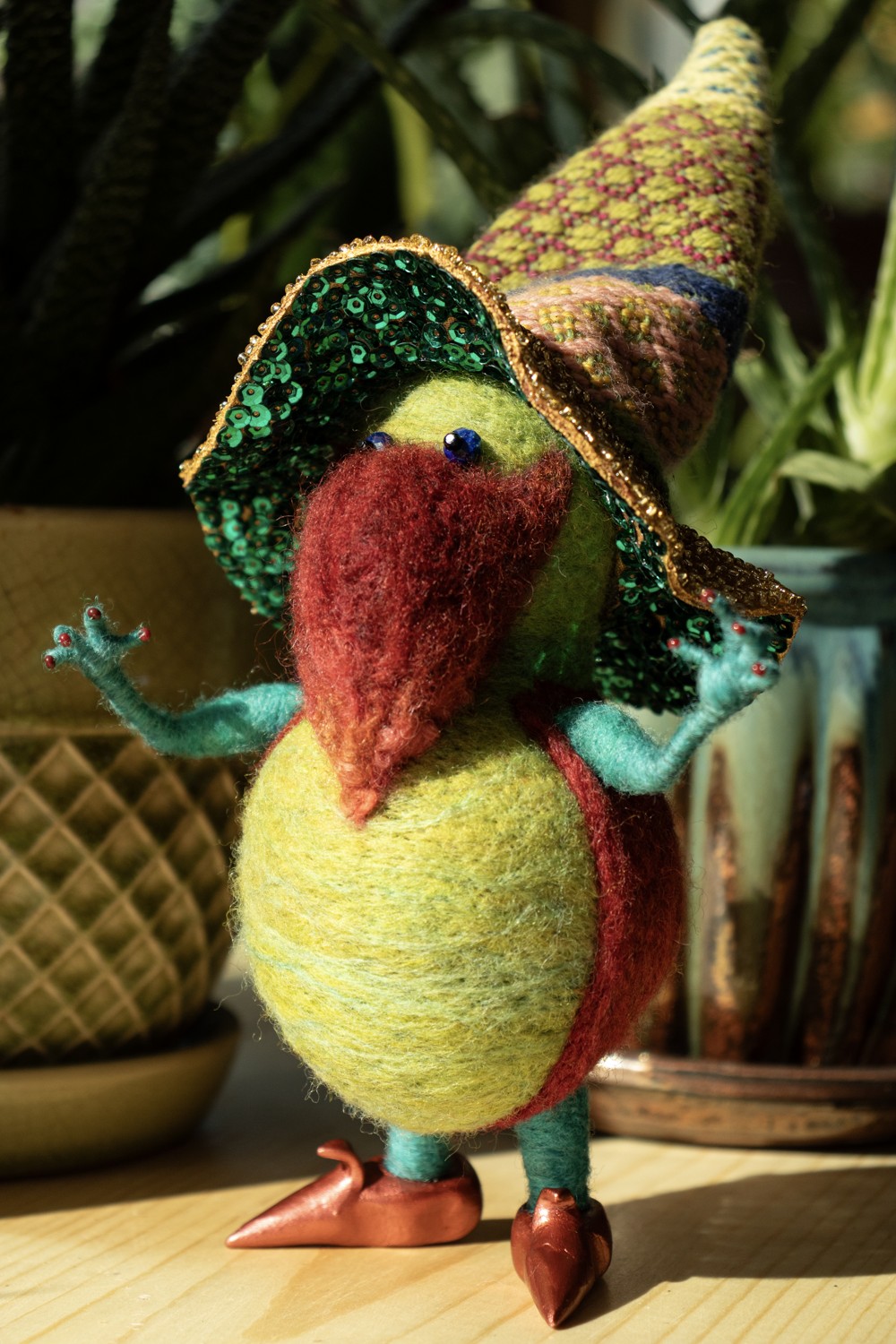

Great, appreciate you sharing that with us. Before we ask you to share more of your insights, can you take a moment to introduce yourself and how you got to where you are today to our readers.
I am a multidisciplinary artist working in fibers and sculpture. I’ve been an artist my entire life, but after being given my Grandmother’s looms in 2015 I have made weaving, spinning, and felting my main art forms.
I make tapestries bursting with color, patterns, and textures using commercial and handspun yarns. Some of these are mounted on painted canvas as “tapestry tiles” and some I stretch like paintings. The clean lines and weight of the display are a grounding foundation so that the eye is pulled right into tapestries themselves which defy rules about color palette and surface design. My work explores themes of balance within seeming chaos, resilience, individuality, and acceptance.

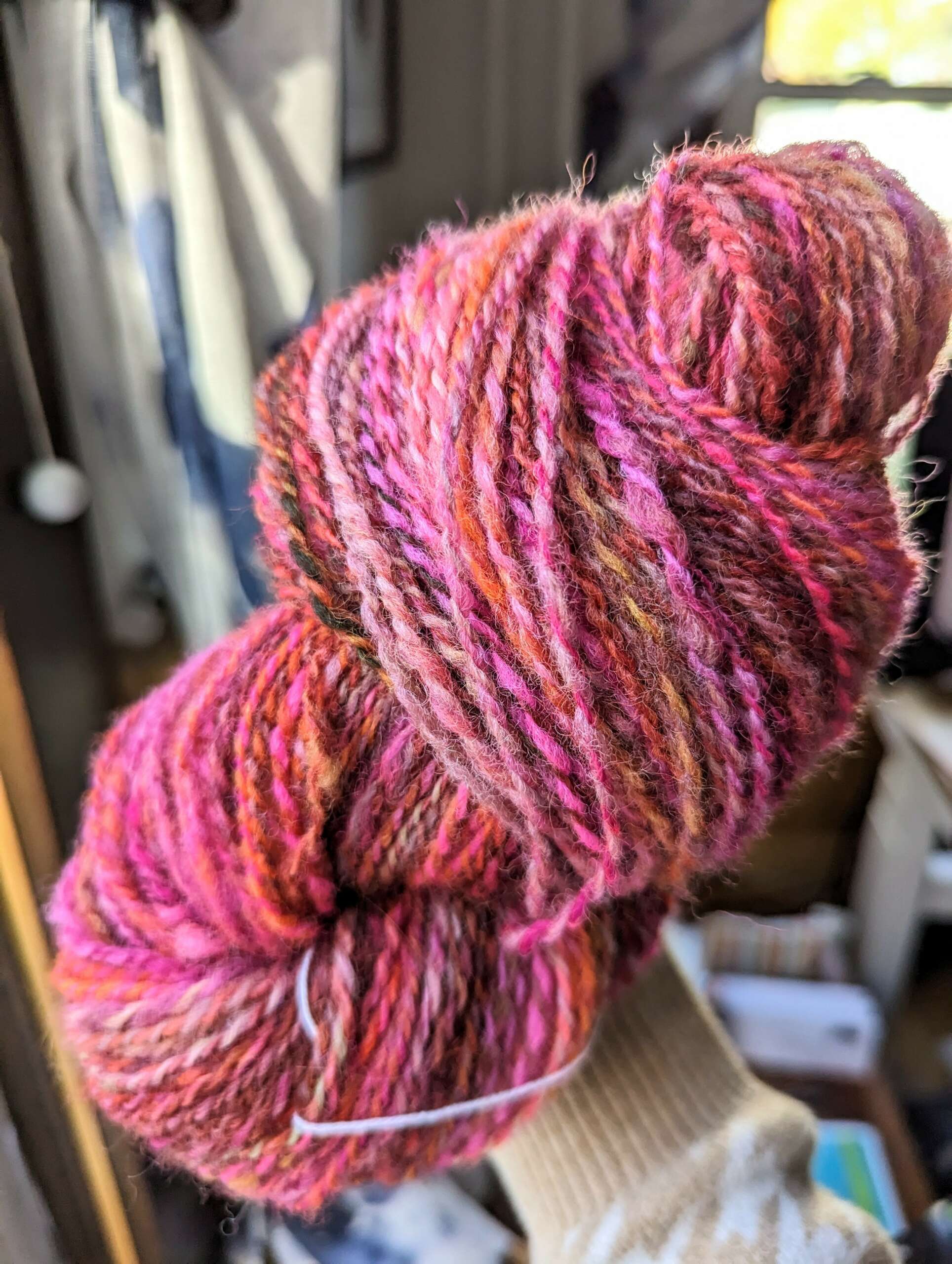
What do you find most rewarding about being a creative?
When a person connects with my work and it lifts them up in some way, that makes my heart sing. In that way, the work becomes bigger than me and belongs to anyone who is touched by it.
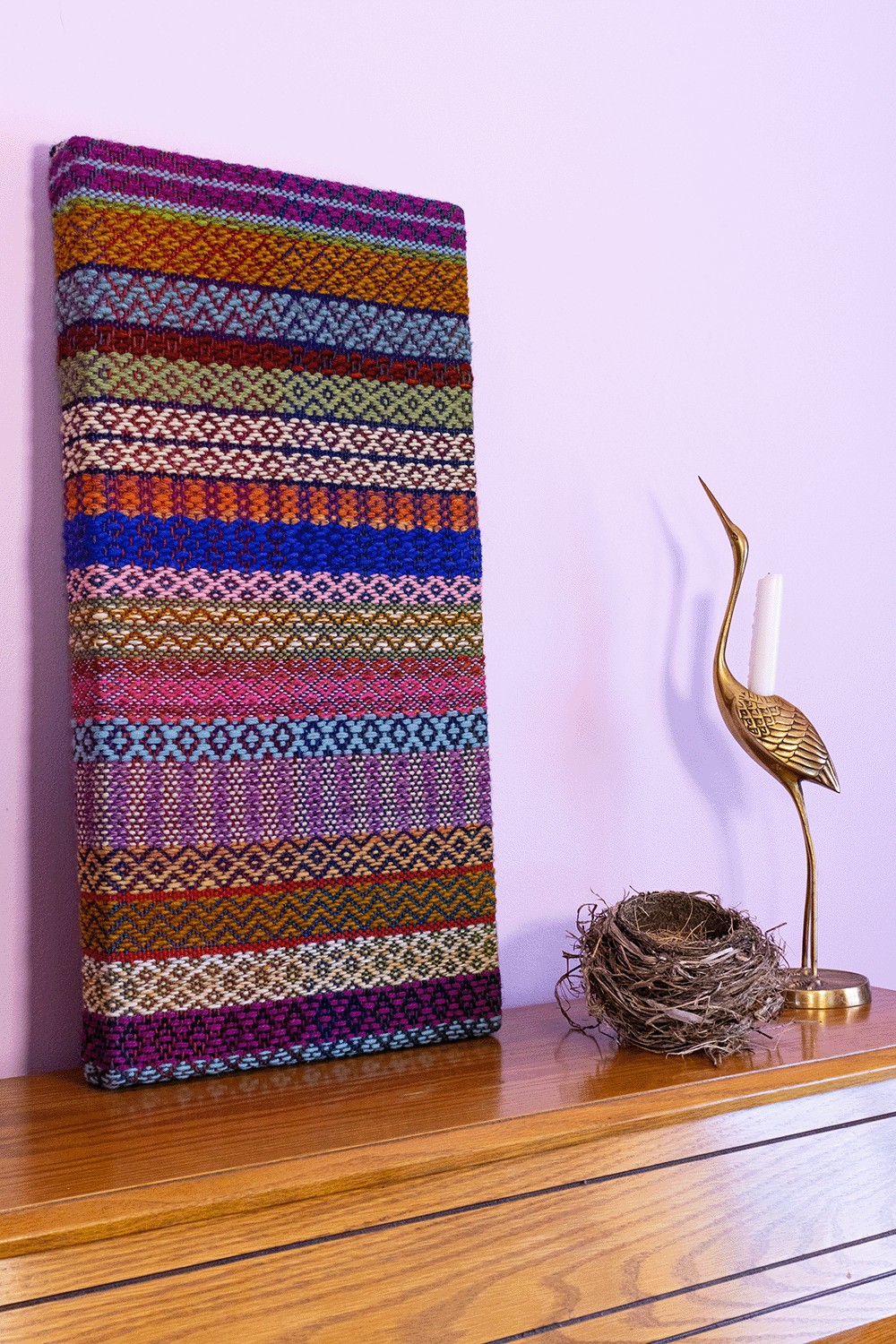
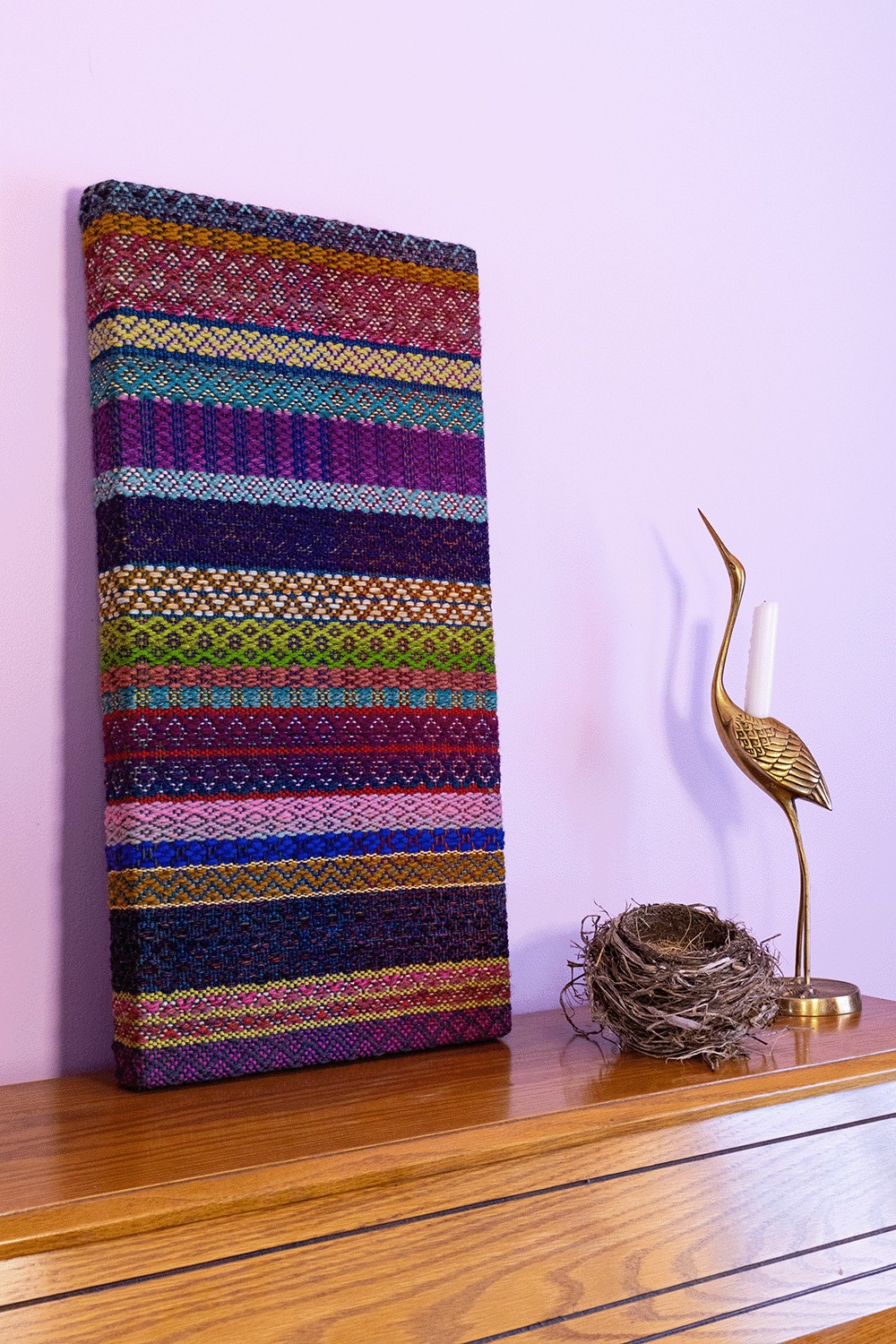
We’d love to hear a story of resilience from your journey.
Like millions of Americans, I live with a few conditions which cause chronic pain. Part of that means that every once in a while, I have flare up and if it’s a nasty one it might make me unable to do a lot of basic things. More challenging than the pain and disability itself has been the struggle with despair.
The love and support I receive from my family and friends is the foundation of how I resist it. Another piece is frequently analyzing my mental and physical resources and thinking about how they can be applied to my art and the rest of my life very specifically. On the days that one part of me or another isn’t functioning at full strength, I have some go-to things I can do instead. On the days that I experience too much pain to do anything at all, I try to rest in the knowledge that I’m loved and my worth is not solely based on my productivity. And I walk the fine line of allowing myself to experience sadness without allowing that sadness to take over entirely.
Some things knock you down and you can’t get back up the way you once would have. I believe resilience is staying fluid with your dreams and doing what you can when you can.
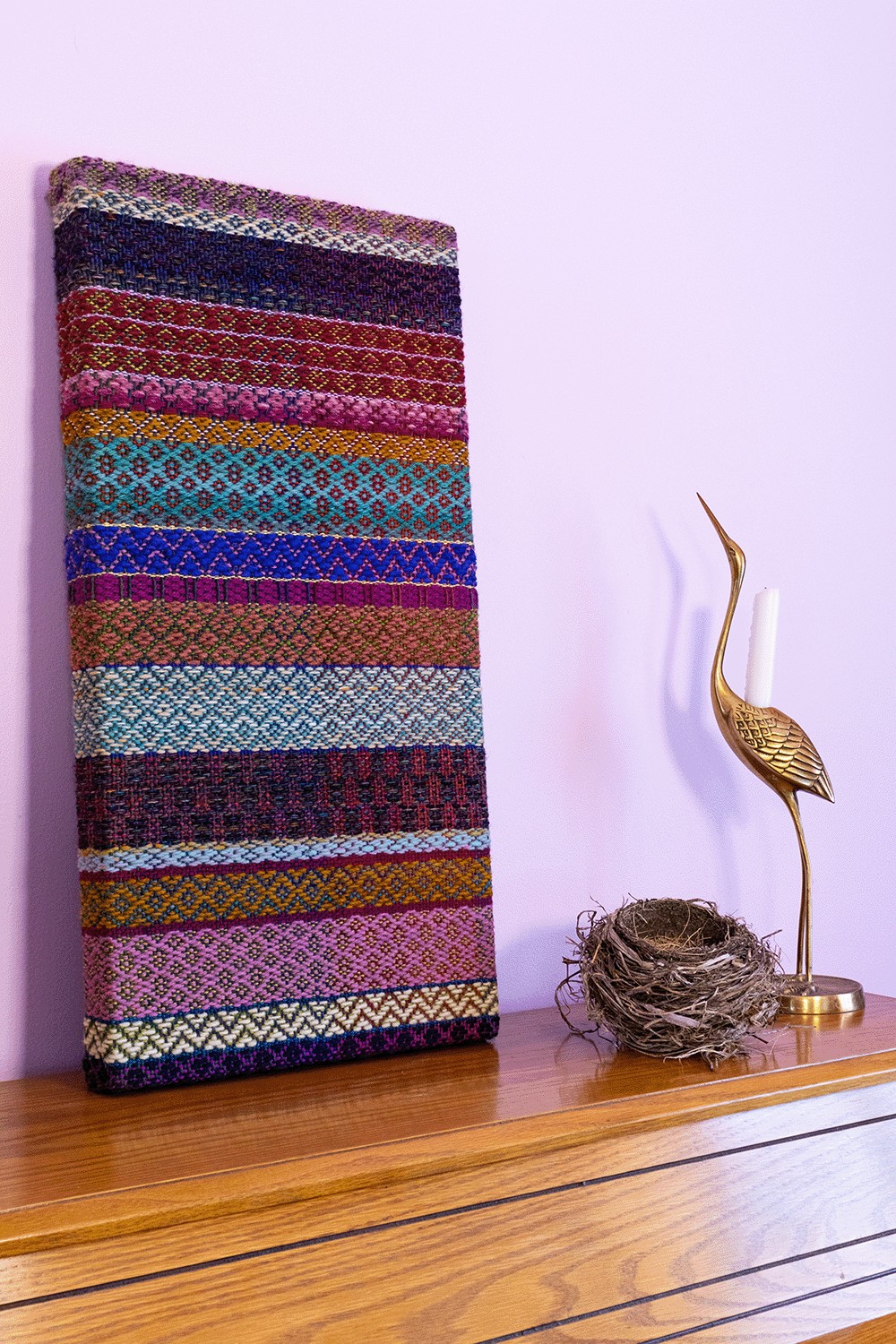
Contact Info:
- Website: www.emilytobinlavoy.com
- Instagram: www.instagram.com/emilytobinlavoy
- Facebook: www.facebook.com/emilytobinlavoy


